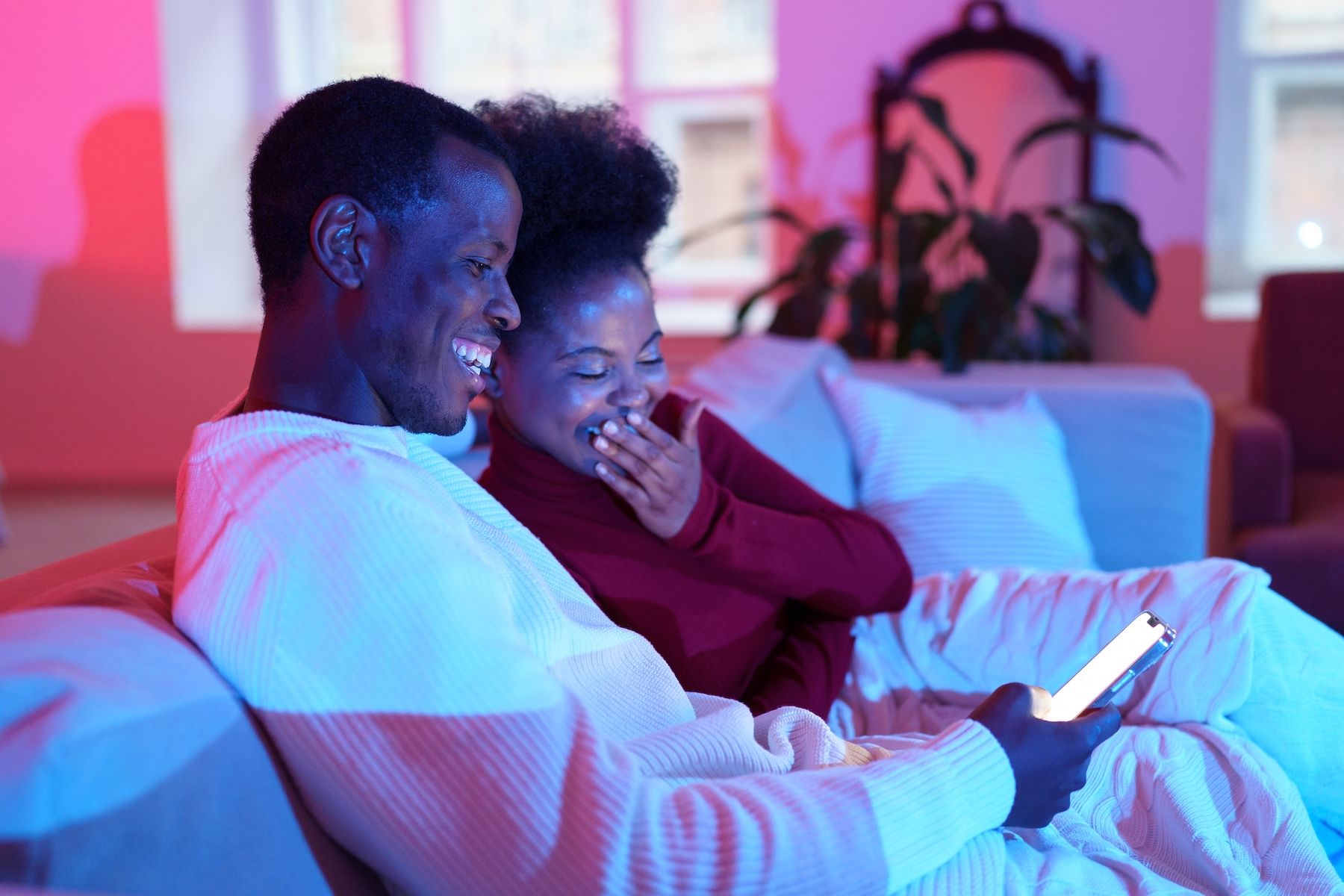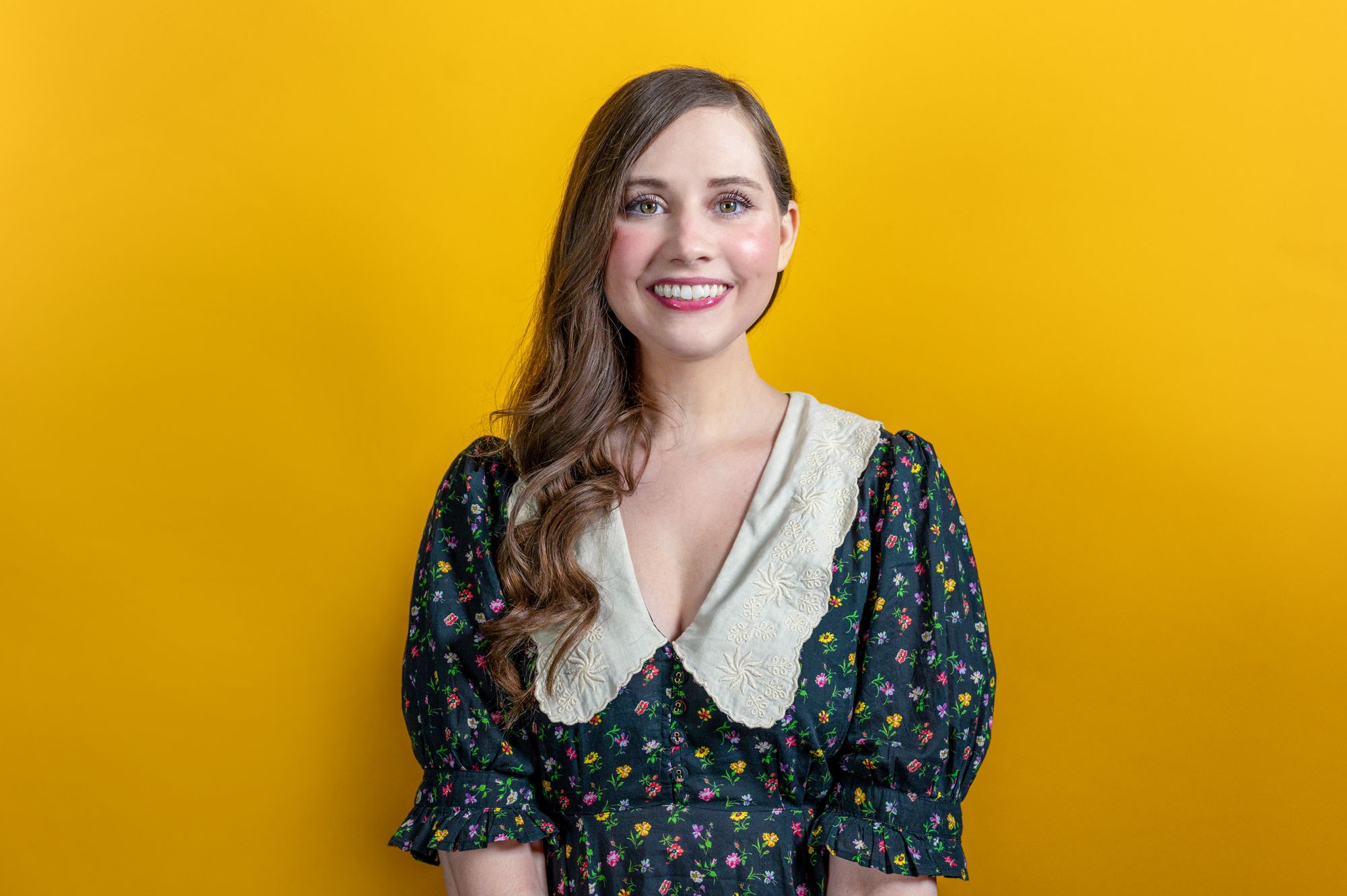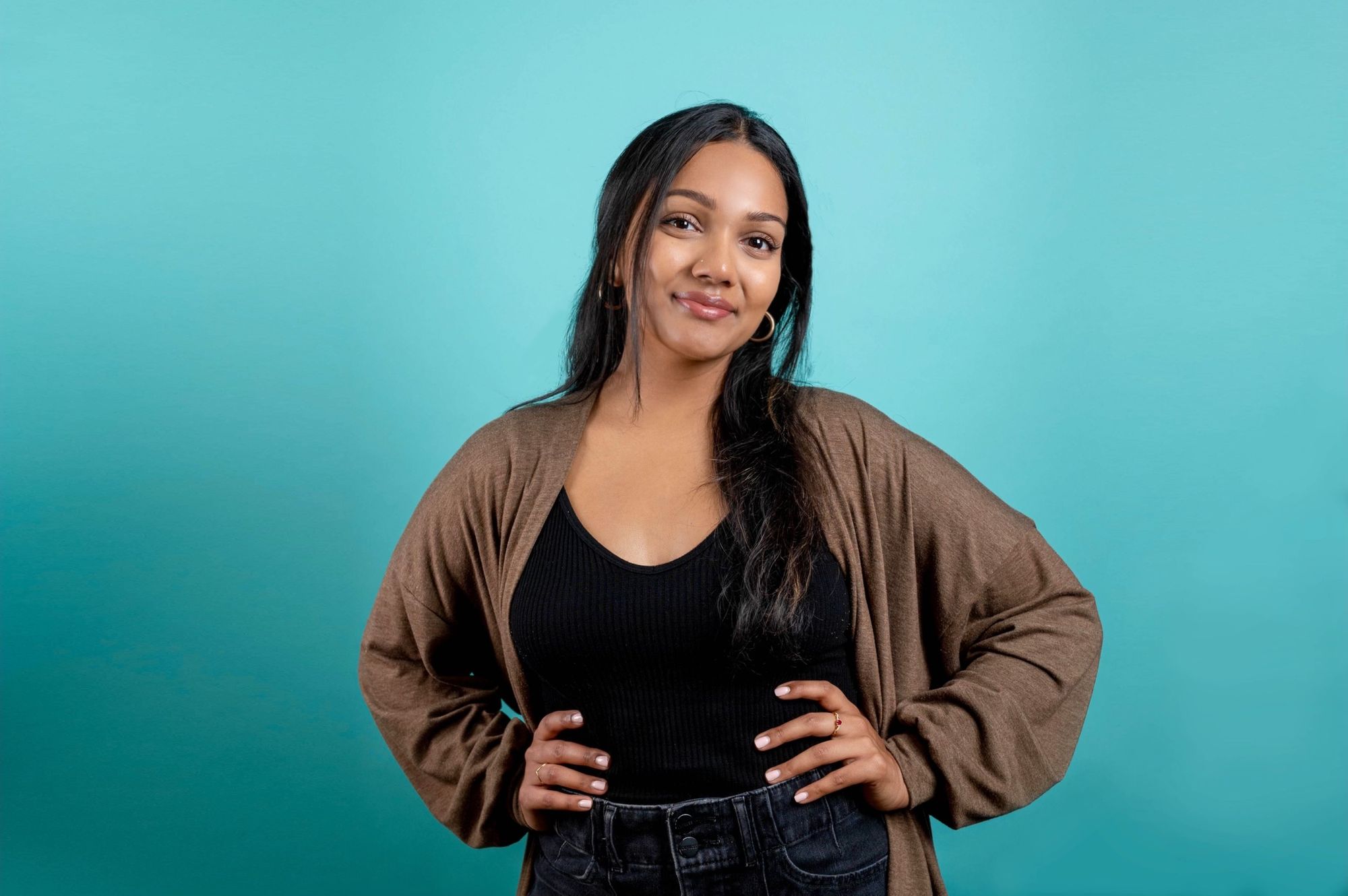Despite decades of complaints, the advertising industry continues to fail at representing Black Americans and other people of color— both within the workforce and in ad campaigns. Only 32% of Black audiences feel like ad campaigns accurately represent their identity.
With Black buying power in the U.S. estimated to reach $1.98 trillion by 2025, many brands recognize that Black consumers are essential for their growth. But if you don’t make an effort to connect in a way that feels authentic, and if your campaigns don’t resonate with the community, then you risk turning them away from your brand.
In this article, we’ll look at a few brands that are creating inclusive, impactful ads and share key insights to keep in mind for your future campaigns.
A step in the right direction
When it comes to inclusive marketing, there are many unique stories and experiences that brands can explore. The following campaigns from Walmart, Band-Aid, and Dove address some of those experiences and approach diversity with consideration and respect.
“Black & Unlimited” by Walmart
Walmart's "Black and Unlimited" campaign celebrates Black-owned businesses and highlights intersectionality in Black identity. One of their videos, for example, delved into outdoor enthusiast Ron Griswell’s story about finding community at North Carolina A&T State University.
Back in 2020, Walmart pledged to contribute $100 million dollars over five years through the Center for Racial Equity to help create long-term solutions that drive economic mobility and combat systemic racism.
“OURTONE” by Band-Aid
Band-Aid's "OURTONE" campaign focuses on the importance of representing diverse skin tones. The Johnson & Johnson brand launched a new line of adhesive bandages in three shades of brown to help ensure that Black folks and other people of color have more options in the first-aid aisle.
This campaign features a video series with prominent Black public figures who aren’t afraid to push their limits, including ballet dancer Michaela DePrince, DJ D-Nice, and WNBA basketball player Candace Parker.
The company is also supporting many initiatives, including Our Race to Health Equity, which aims to help eradicate racial and social injustice as a public health threat.
“As Early As Five” by Dove
Dove's "As Early As Five" campaign shows how early hair-based discrimination can start, and it emphasizes the need for natural hair acceptance. The brand encourages visitors to drive change to end race-based hair discrimination by signing the petition to pass the CROWN Act in all 50 states.
One of their video campaigns, which begins with the statement “based on too many true stories,” shows a young woman facing hair discrimination multiple times throughout her life— including from teachers and prospective employers. In the end, she remains confident about loving and fighting for her natural hair.
Insights to keep in mind for your next campaign
When you read through Burns Group’s survey on Black representation in advertising, there are a few key recurring messages that stand out. These are important to keep in mind for any brand that’s thinking about how to establish a more inclusive marketing strategy:
- • Respondents feel like Black people appear mostly as athletes, in hair care ads, or in the form of interracial couples rather than in relationships with Black partners.
- • Respondents say Black actors are being cast in ways that don’t ring as authentic and are pushed into “white-washing” situations and roles as token characters.
- • Respondents notice that most Black people shown in advertising have light skin tones and straightened hair and that seeing dark skin or natural hair types is rare.
- • Respondents say Black actors are often cast in very subservient roles and as “background” characters compared to their white peers.
Final thoughts on diversity in advertising
In order to make improvements, brands should not only represent the Black community accurately and consistently in campaigns but also hire and promote Black creatives and marketers to leadership roles.
If you’d like to keep up with more topics in the ad industry or learn more about our digital in-store media network, Grocery TV, subscribe to our newsletter below:








